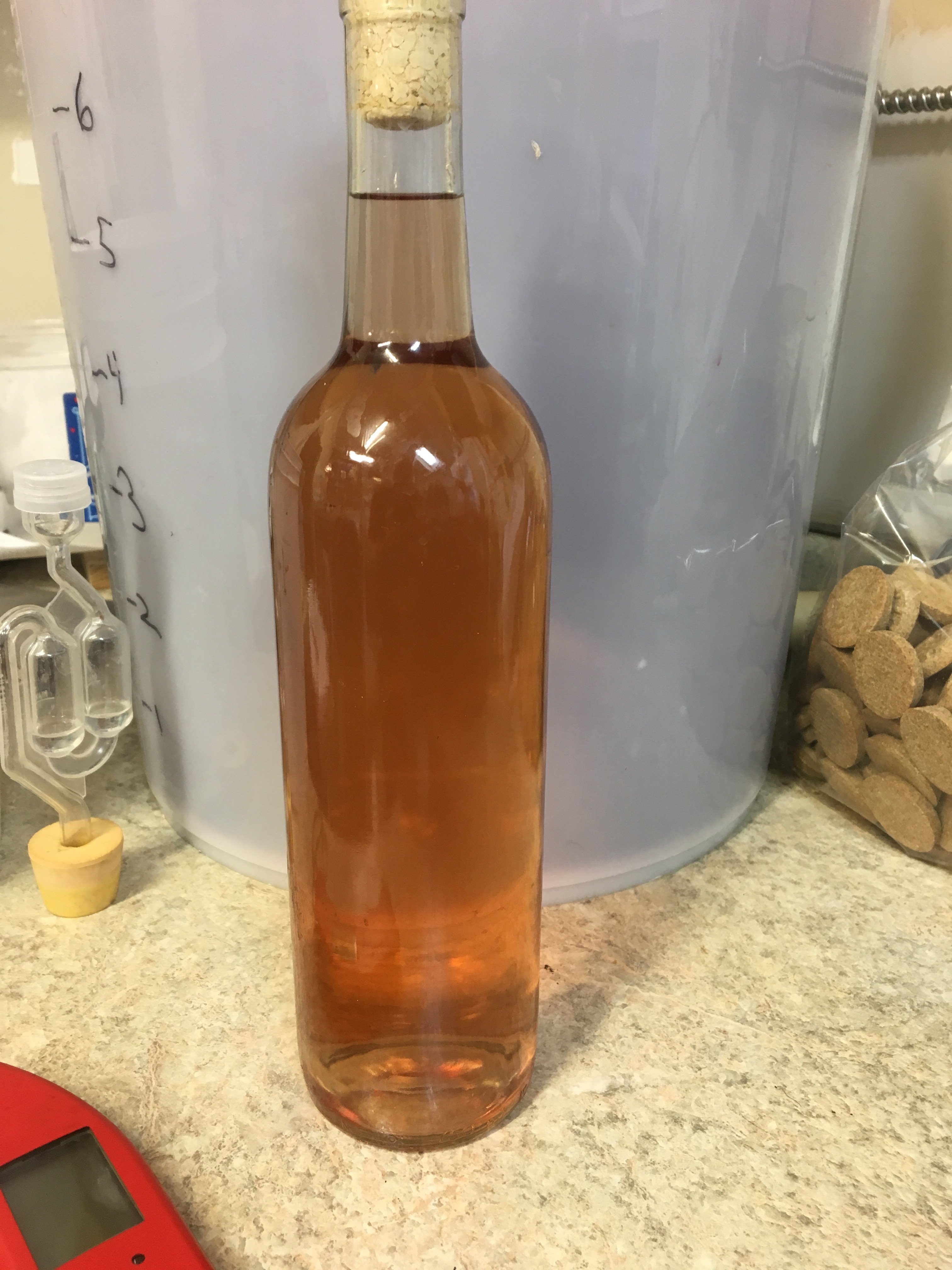Michelle Smith
Member
- Joined
- Jul 11, 2018
- Messages
- 7
- Reaction score
- 2
When using whole fruit in the wine, when is it best to strain out the pulp? If I'm using a 'juicy' fruit should I just juice/strain it right away or should I start primary fermentation with the pulp? Does pulp add flavor? I'm wondering about oxidizing/contaminating the wine if I strain to secondary, or potentially losing a lot of volume if I try to rack off the pulp.
I haven't actually started fermenting anything, I'm in the "over research" phase.
I haven't actually started fermenting anything, I'm in the "over research" phase.




